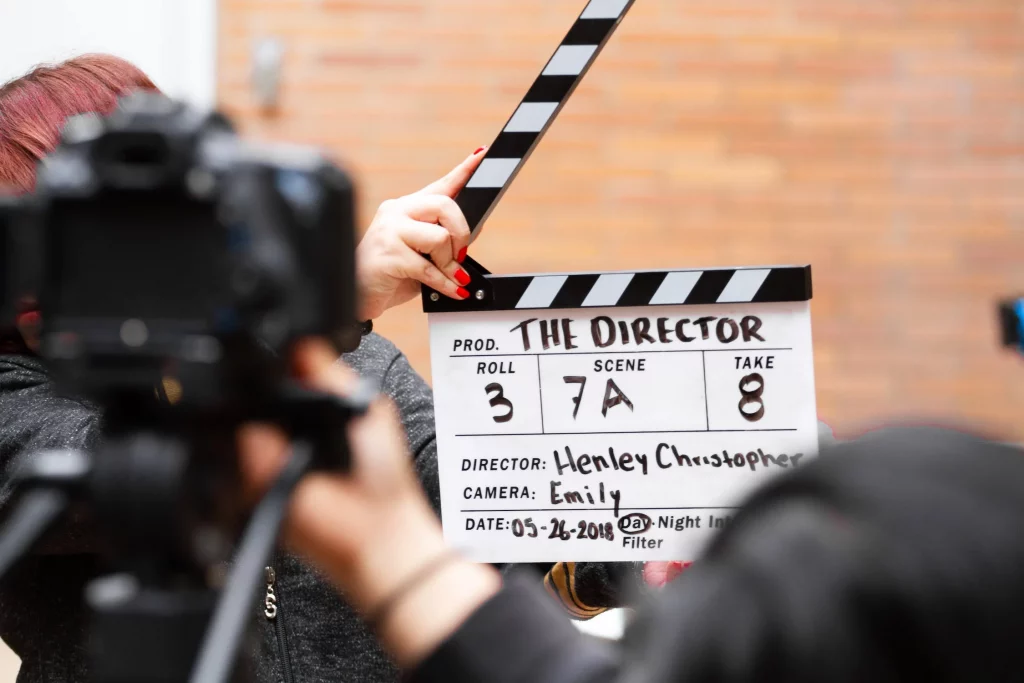Exploring the 5 Most Popular Acting Techniques
Aspiring actors, whether seasoned or just starting their journey, often encounter a vast array of acting techniques to choose from. Each technique offers a unique approach to the craft, unlocking different avenues for expression and character development. In this blog, we will delve into the five most popular acting techniques: the Stanislavski Method, Method Acting Technique, Meisner Technique, Chekhov Technique, and Practical Aesthetics Acting Technique. Let’s explore the tradeoffs, challenges, and impact of these techniques, helping you navigate the exciting world of acting and find the approach that resonates with your artistic aspirations.
Stanislavski Method
Developed by Konstantin Stanislavski, this technique emphasizes the actor’s ability to draw from personal experiences to bring authenticity to their performances. It encourages thorough character analysis, emotional memory, and detailed script work. While it promotes depth and realism, it requires introspection and vulnerability, challenging actors to navigate their own emotional landscape.
Method Acting Technique
Commonly associated with renowned actors such as Marlon Brando and Robert De Niro, Method Acting focuses on immersing oneself completely in the character’s mindset and emotional state. Actors using this technique strive to experience the character’s emotions firsthand, blurring the line between reality and performance. While it can lead to incredibly powerful portrayals, it may also pose challenges in separating oneself from the character’s emotional burdens.
Meisner Technique
The Meisner Technique, developed by Sanford Meisner, emphasizes living truthfully under imaginary circumstances. It encourages actors to focus on listening, responding instinctively, and connecting with scene partners. This technique enhances spontaneity and authentic reactions but requires intense concentration and active engagement with others.
Chekhov Technique
The Chekhov Technique, created by Michael Chekhov, explores the use of imagination, physicality, and psycho-physical gestures to tap into the character’s inner life. It emphasizes the actor’s creative imagination and helps develop a heightened sense of physicality and energy. However, it may require a leap of faith in embracing unconventional approaches and mastering the use of expressive physicality.
Practical Aesthetics Acting Technique
Developed by David Mamet and William H. Macy, this technique focuses on breaking down a script into specific actions and objectives. It encourages actors to make clear choices and emphasizes active analysis and precise execution. This technique provides a practical framework for approaching scenes but may require careful attention to avoid becoming overly mechanical.
Choosing the Right Technique
The choice of an acting technique is deeply personal and depends on your individual strengths, preferences, and the roles you aspire to play. Consider the tradeoffs involved—whether you prioritize emotional depth, realism, spontaneity, imaginative exploration, or analytical precision. Reflect on your own creative process, learning style, and the challenges you are willing to embrace.
Remember, it’s not about selecting the “best” technique, but rather finding the one that resonates with you and fuels your passion for acting. Many actors combine elements from different techniques to create their own unique approach.
Exploring the world of acting techniques is a thrilling journey that unlocks endless possibilities for artistic growth. Whether you lean towards the emotional depth of the Stanislavski Method, the immersive experiences of Method Acting, the spontaneous connections of the Meisner Technique, the imaginative exploration of the Chekhov Technique, or the practical framework of Practical Aesthetics, each technique offers its own rewards and challenges.
Ultimately, the impact of choosing the right acting technique lies in finding the one that allows you to fully express your creative vision while continuously challenging and expanding your skills. Embrace the exploration, experiment, and remember that acting is a lifelong pursuit of self-discovery and artistic development.
So, whether you find your artistic voice through methodical script analysis, emotional immersion, instinctual reactions, imaginative exploration, or precise execution, trust your instincts, and enjoy the journey of self-discovery as you navigate the exciting world of acting.
To learn more tips and tricks for actors and models, feel free to sign up for our next FREE Online Workshop. On this free Online Workshop, you will learn about the recent changes in the modeling and acting industries that are opening the doors for more job opportunities. You will also learn cutting-edge ways to have good-paying modeling and acting jobs in your local area, flood into your email inbox on a regular basis. You will learn what to do to land these jobs from the comfort of your own home. Click below to register now!











